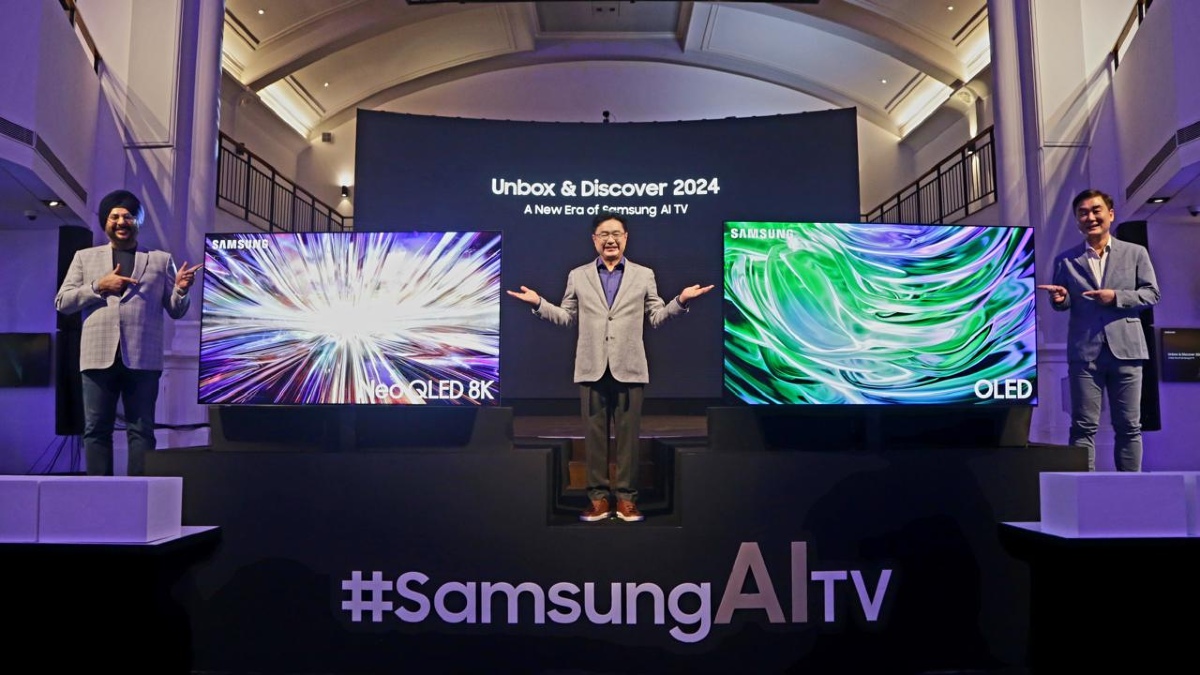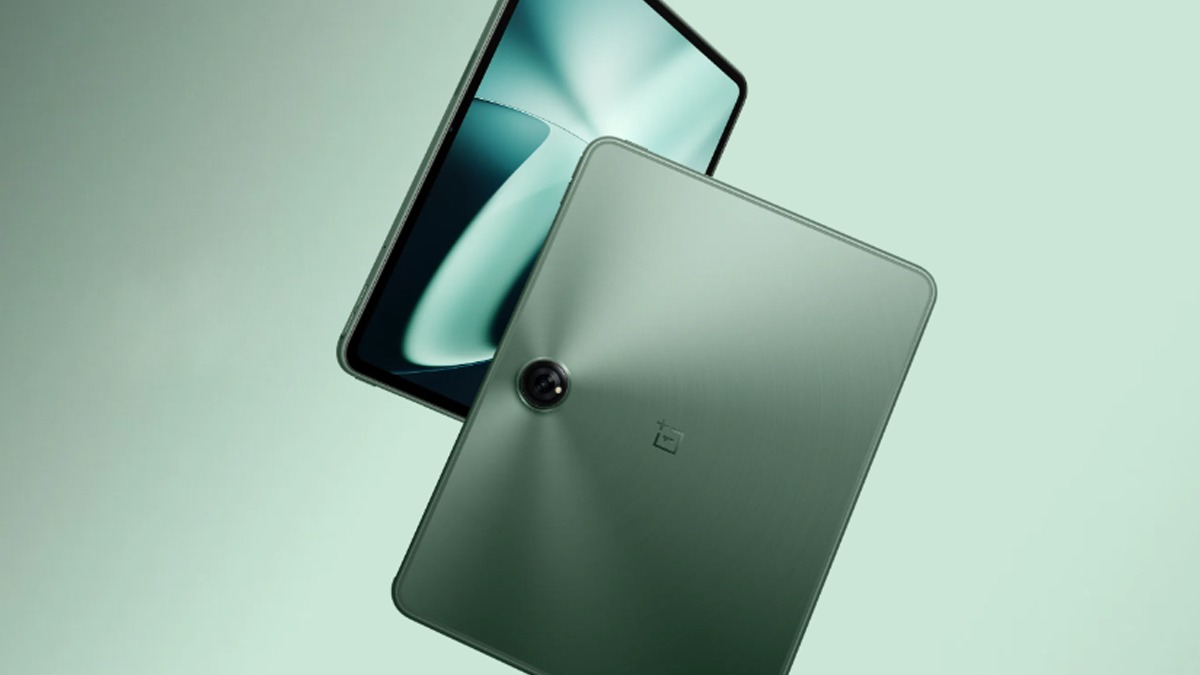Just In
- 14 hrs ago

- 16 hrs ago

- 16 hrs ago

- 17 hrs ago

Don't Miss
- Sports
 Pakistan vs New Zealand 2nd T20I: Rawalpindi Cricket Stadium Pitch Report, Weather Forecast, T20 Record & Stats
Pakistan vs New Zealand 2nd T20I: Rawalpindi Cricket Stadium Pitch Report, Weather Forecast, T20 Record & Stats - Movies
 Bade Miyan Chote Miyan Box Office Collection Day 10 Prediction: Akshay’s Film To See Hike During 2nd Weekend
Bade Miyan Chote Miyan Box Office Collection Day 10 Prediction: Akshay’s Film To See Hike During 2nd Weekend - Finance
 2:1 Bonus Issue: IT Penny Stock Turned; 1,600 Shares Market Lot Size Revised To 4,800 Shares
2:1 Bonus Issue: IT Penny Stock Turned; 1,600 Shares Market Lot Size Revised To 4,800 Shares - Lifestyle
 Golden Rules To Follow For Happy Marriage For A Long Lasting Relationship
Golden Rules To Follow For Happy Marriage For A Long Lasting Relationship - News
 Chinese President Xi Jinping Orders Biggest Military Reorganisation Since 2015
Chinese President Xi Jinping Orders Biggest Military Reorganisation Since 2015 - Education
 Exam Pressure Does Not Exist; Studying Punctually is Crucial; Says Aditi, the PSEB 2024 Topper
Exam Pressure Does Not Exist; Studying Punctually is Crucial; Says Aditi, the PSEB 2024 Topper - Automobiles
 Suzuki Swift Hatchback Scores 4 Star Safety Rating At JNCAP – ADAS, New Engine & More
Suzuki Swift Hatchback Scores 4 Star Safety Rating At JNCAP – ADAS, New Engine & More - Travel
 Journey From Delhi To Ooty: Top Transport Options And Attractions
Journey From Delhi To Ooty: Top Transport Options And Attractions
From Bendable Display to Motion Charging: 10 Amazing Technologies We Might See in Future iPhones
Get surprised at what might be in stock for you in a few years.
With every passing year, the smartphones are getting advanced as new technologies come into existence. Ever wondered where the smartphone technology is going?

Right now, there are a lot of speculations making rounds all over the internet about the upcoming iPhone, which will be launched in 2017. On one hand, there are rumors regarding advanced specs, but on the other hand, there are talks that the upcoming iPhone will not be too different from the iPhone 7, which was launched a few months back.
While this is the case of 2017, have you ever imagined what the iPhones that will be launched in 2020 or beyond will look like? In the coming years, we can expect the smartphone technology to be advanced further with many improvements. So, what does the future hold for the iPhones? What new technologies will be iPhones of future be packed with? Take a look at some of the features that the next-generation iPhones might arrive with from here.
The upcoming technologies include battery and charging developments, impressive physical design, screen developments, camera enhancement, and many other features that we might see in the future.

Lithium-air batteries
In the coming years, the capacity as well as efficiency of batteries will increase dramatically as lithium-oxygen cells also called lithium-air is expected to come into existence. Theoretically. these batteries are expected to offer far higher lifetimes than their lithium-ion counterparts. There are reports that these batteries can last up to five times in comparison to the existing smartphone batteries, but the technological issues might remain.
Click Here for New Smartphones Best Online Deals

Motion charging
This is a principle that has been existing in many watches since years. Apple considered the same while planning the first generation Apple Watch. The motion charging technology uses kinetic energy from your movements to charge the battery of the watch. Eventually, as you swing your arm all through the day, the watch can harness the power and charge its battery. Similar techniques were used by the wearable devices. The same would be great if it is integrated in the upcoming smartphones.

Self-healing battery tech
There are many exciting breakthroughs in the battery technology and most of these are related to the environment-friendly ways of charging the battery. One weirdest concept is the mending of a battery that is broken. As per researchers, the working examples of such self-healing batteries contain magnetized particles that can pull themselves back after being snapped in a couple of pieces in the makeshift self-process.

Curved design
Earlier this year, it was reported that Apple has filed patents to launch an iPhone with curved glass and virtual buttons on the sides. If this is to be believed, it could be something like the rumored OLED bar on the new MacBook Pro. Also, some patent images also revealed the presence of a curved glass display as seen in the Galaxy S6 Edge or S7 Edge. This patent adds more fuel to the fire spreading rumors that Apple might soon launch an iPhone on its tenth anniversary.

Bendable iPhone
Last year, Apple was awarded a patent suggesting that it is investigating on the idea of bringing a flexible iPhone in the market. As per the patent, a flexible iPhone might help Apple unlock a range of new controls that will enhance the flexibility of controlling the device. It might also make the future iPhone models more resistant to impacts. Nevertheless, this is a far-fetched concept.

Graphene
We have already seen the first generation Apple Watch sporting Sapphire glass and Apple Watch Series 2. Graphite is a material that is used in the pencils and is made up of several stacks of carbon sheets, each one measuring just a single atom thick. Graphene is what you get on isolating each of the layers in graphite.
It is a two-dimensional substance that is the thinnest one known to man. Despite the fact that graphene is a million times thinner than a single strand of human hair, it is possibly the strongest substance and a good electrical conductor too. These qualities make graphene a superior replacement to the silicon in processors and it can also result in efficient solar cells and batteries.

Edgeless display
As per a report, future iPhones might arrive with edgeless display. An edgeless iPhone display will leave used with a handset that resembles a sheet of glass. This will leave an iPhone with only the display at the front and the TouchID sensor and front camera embedded in the display itself. The speaker and the sensors will be behind the display.

3D display
Going by a report about the upcoming iPhones, it is claimed that TPK, a supply chain partner of Apple is prepping a project related to the naked eye 3D screen. This means that a 3D screen that does not require any specified 3D glasses to view the content is in the works. Apparently, having to wear a pair of 3D glasses to view the content will soon become a practice of the past.

Bezel-free design
Earlier this year, Apple had filed a patent to have an iPhone with a bezel-free design. If this device comes into existence, then it would definitely leave no stone unturned. Already, a designer Marek Weidlich showed us how the bezel-free iPhone might look like. The idea looks great but we are sure that it needs a lot of innovation in the smartphone segment.

Light splitter
A light splitter system comprises of a cube that splits the light that is received into three colors - red, green and blue. The cube will provide three image sensors receiving one color component each. In the latest iPhone models, the camera system is in such a way that the pixels capture all the component colors using a one image sensor. Eventually, only one third of an image sensor will be used for each component and the colors will not be accurate. With the light splitter system, the iPhones can capture superior quality snaps with precise colors, especially during night photography.
-
99,999
-
1,29,999
-
69,999
-
41,999
-
64,999
-
99,999
-
29,999
-
63,999
-
39,999
-
1,56,900
-
79,900
-
1,39,900
-
1,29,900
-
65,900
-
1,56,900
-
1,30,990
-
76,990
-
16,499
-
30,700
-
12,999
-
62,425
-
1,15,909
-
93,635
-
75,804
-
9,999
-
11,999
-
3,999
-
2,500
-
3,599
-
8,893












































